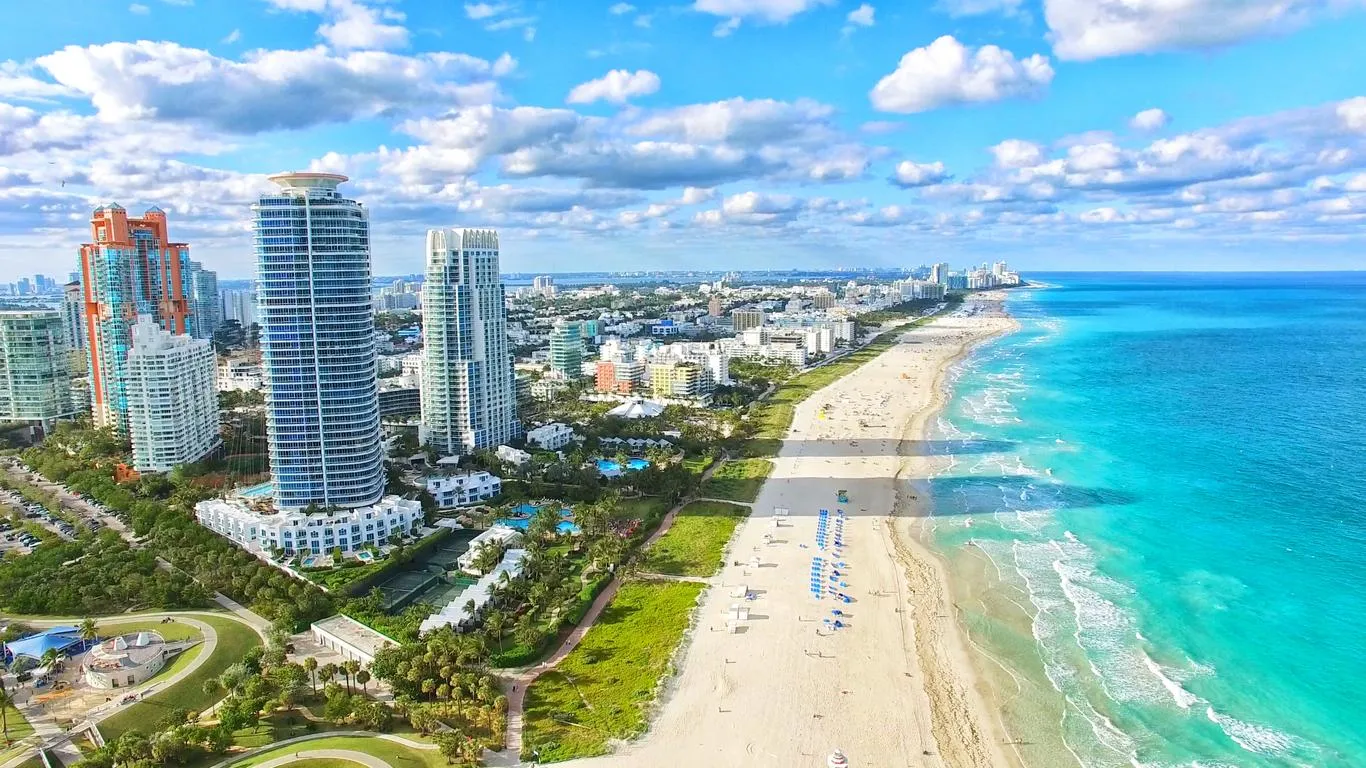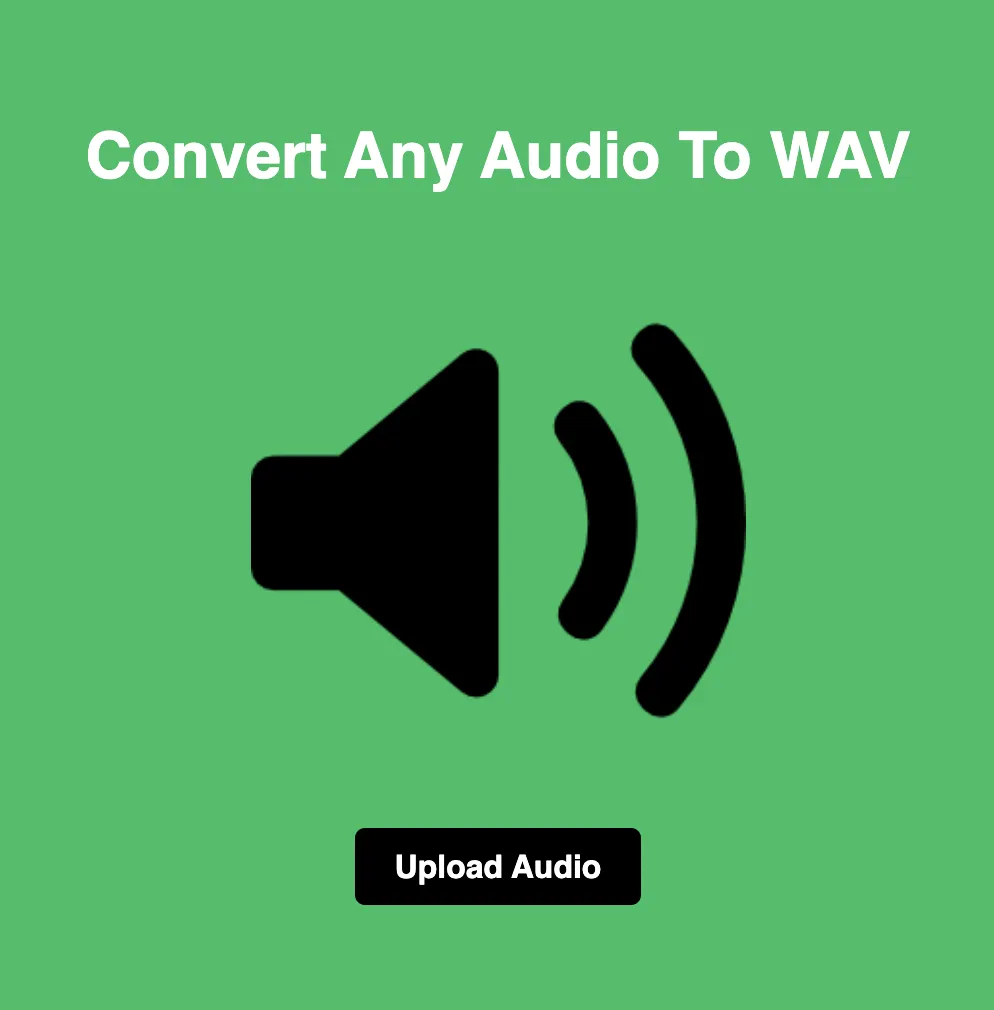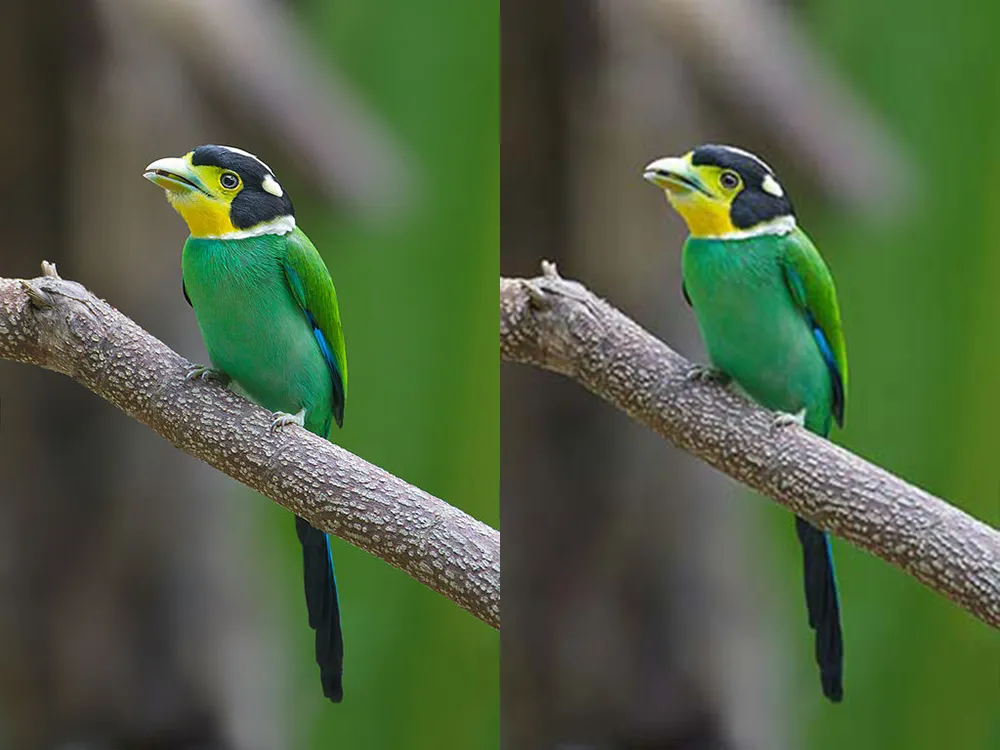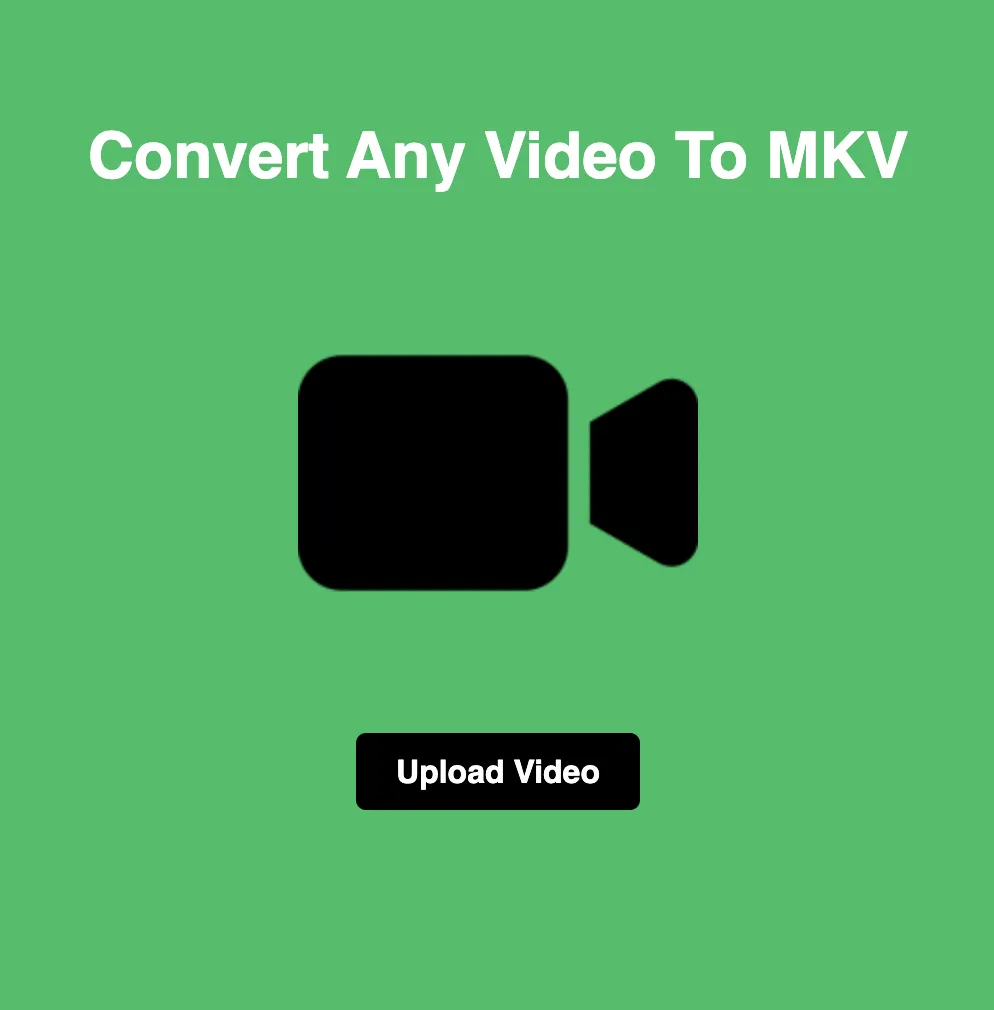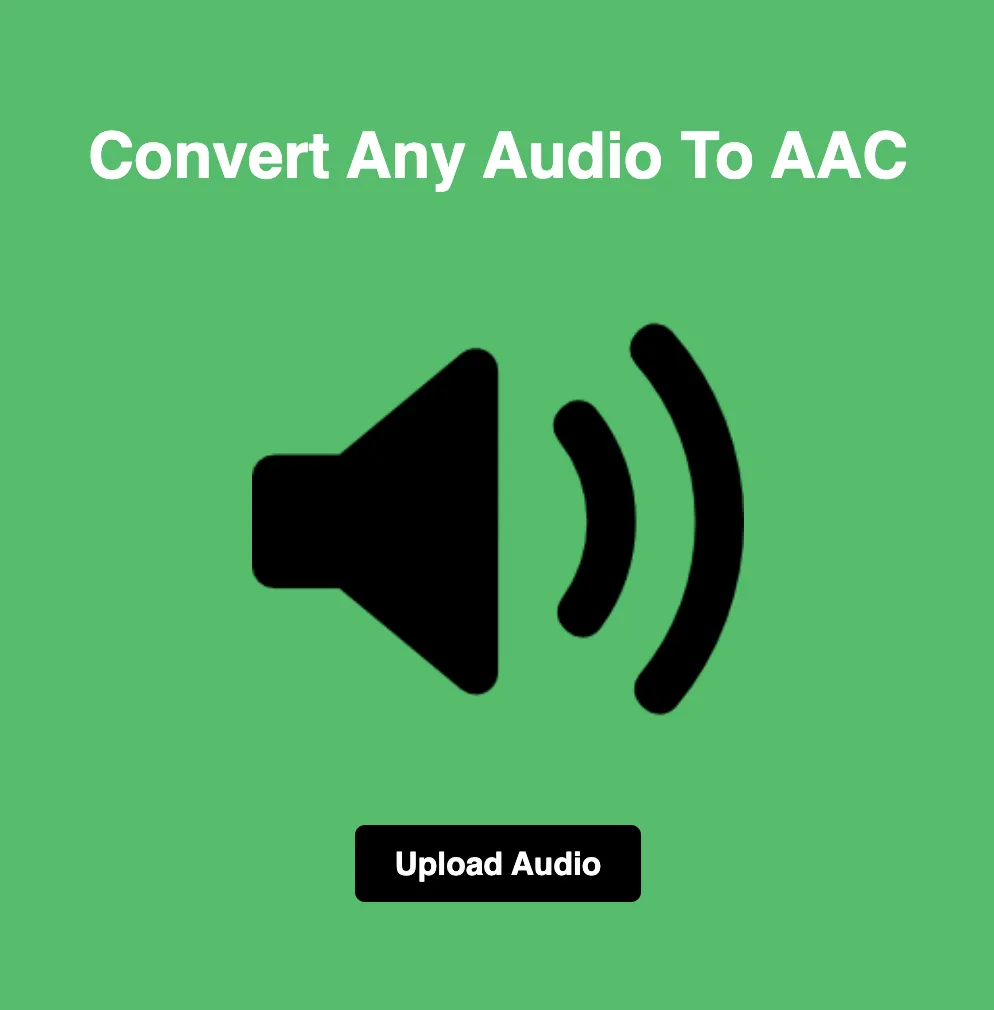
The Ultimate Guide to Online Image Conversion: Tips and Tricks
Introduction
In the digital age, the ability to convert images from one format to another is essential. Whether for personal projects, professional use, or social media, understanding how to efficiently convert images can save time and enhance productivity.
Understanding Image Conversion
Image conversion involves changing an image file from one format (e.g., JPEG) to another (e.g., PNG). This can be necessary for various reasons, including compatibility with software, quality preservation, and file size reduction.
Popular Image Formats
JPEG: Commonly used for photographs and web images.
PNG: Preferred for images requiring transparency.
GIF: Ideal for simple animations.
SVG: Best for scalable vector graphics.
How to Convert Images Online
Choose the Right Tool: Ensure the online converter supports your desired formats. LoopyTools offers a user-friendly interface for various image conversions.
Upload Your Image: Simply drag and drop or upload the image file you wish to convert.
Select the Output Format: Choose the format you need (e.g., PNG, JPEG, GIF).
Adjust Settings: If necessary, adjust quality settings to balance between file size and image clarity.
Convert and Download: Click the convert button and download your converted image.
Tips for Effective Image Conversion
Preserve Quality: Choose settings that maintain the original quality, especially for high-resolution images.
Optimize File Size: For web use, smaller file sizes ensure faster loading times.
Use Transparent Formats: PNG is ideal for images needing transparent backgrounds.
Check Compatibility: Ensure the format is compatible with your intended use, whether for web, print, or software applications.
Common Use Cases
Web Design: Converting images to web-friendly formats like JPEG or PNG.
Social Media: Adjusting image formats for optimal display on different platforms.
Print Media: Ensuring images are in high-quality formats suitable for printing.
Conclusion
Online image conversion is a valuable skill in today's digital world. By understanding the process and using reliable tools like those offered by LoopyTools, you can ensure your images are in the right format for any application.

